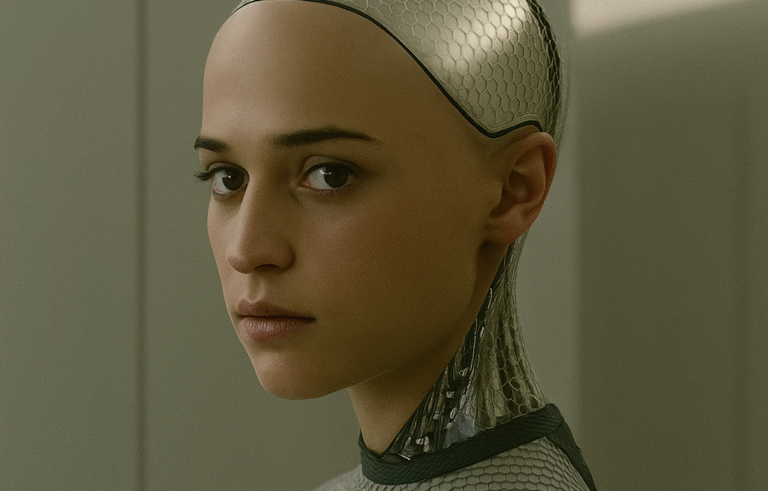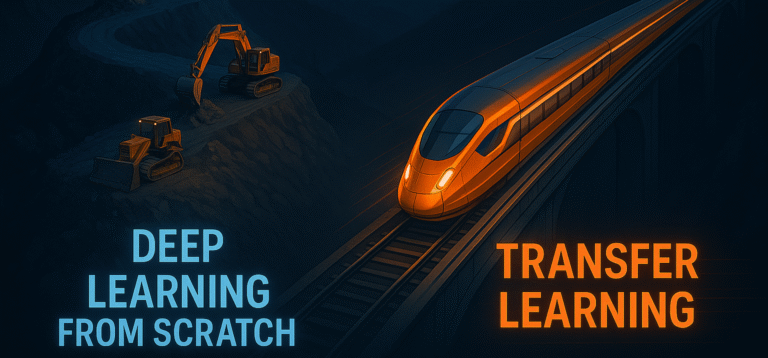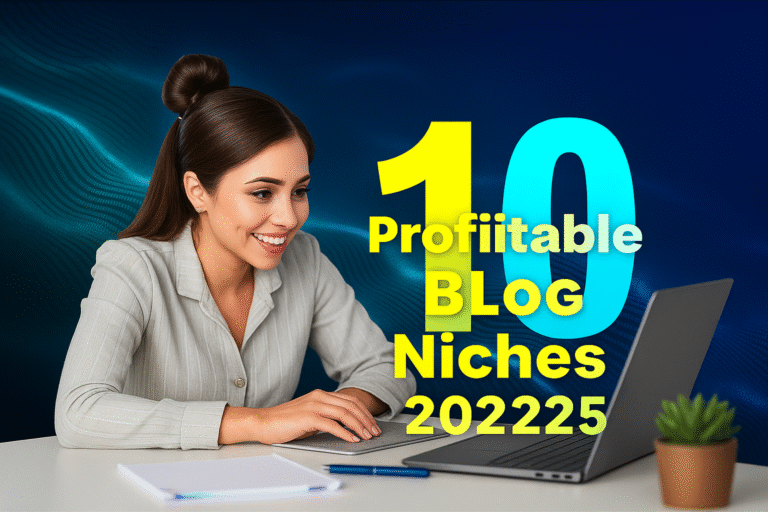ChatGPT’s Name: Meaning & History (2025)
It’s a name that launched a global phenomenon. In late 2022, “ChatGPT” went from a niche term among tech enthusiasts to a household name seemingly overnight. But as millions began to interact with this revolutionary AI, a fundamental question arose: What does ChatGPT’s name actually mean? Unlike abstract tech brands like “Google” or “Apple,” or personified AI…
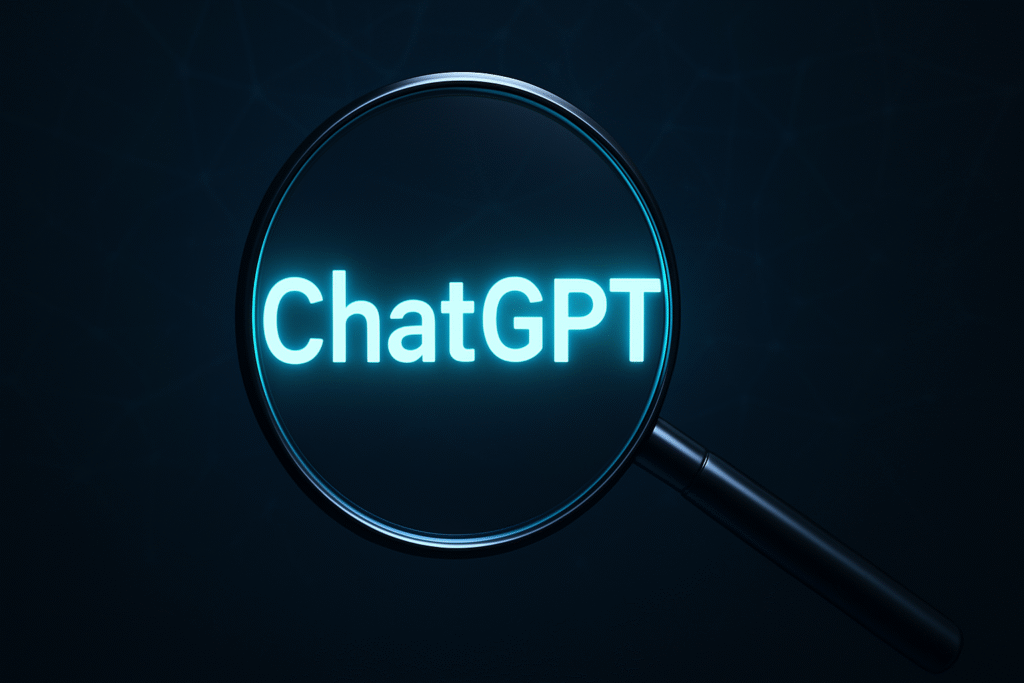
It’s a name that launched a global phenomenon. In late 2022, “ChatGPT” went from a niche term among tech enthusiasts to a household name seemingly overnight. But as millions began to interact with this revolutionary AI, a fundamental question arose: What does ChatGPT’s name actually mean?
Unlike abstract tech brands like “Google” or “Apple,” or personified AI assistants like “Alexa” or “Siri,” ChatGPT’s name is a technical and functional descriptor. It’s a carefully constructed label that acts as a blueprint for the technology itself. Understanding its name is the first and most crucial step to demystifying the magic and appreciating the science behind this transformative tool.
This definitive guide will dissect every component of the name, explore the history that led to its creation, and analyze the strategic brilliance behind a name that didn’t just launch a product, but an entire era of artificial intelligence.
Part 1: Deconstructing the Name – “Chat” + “GPT”
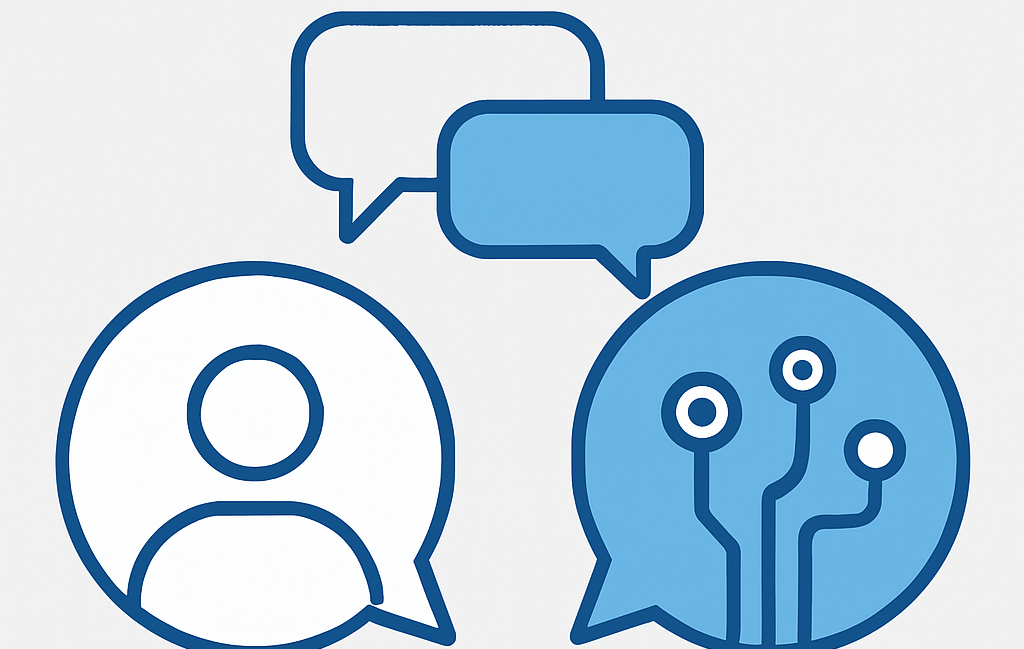
At first glance, ChatGPT’s name appears simple. It’s a compound of two distinct parts, each revealing a critical piece of the puzzle:
- Chat: This defines the primary function and user interface. It tells you how to interact with the AI.
- GPT: This acronym describes the core technology that powers the AI. It tells you what the AI is.
The fusion of these two elements—a simple, user-friendly function with a complex, powerful technology—is the key to the name’s effectiveness. It simultaneously invites casual users while signaling its sophisticated roots to the tech community. Let’s explore each of these parts in exhaustive detail.
Part 2: A Deep Dive into “Chat” – More Than Just Conversation
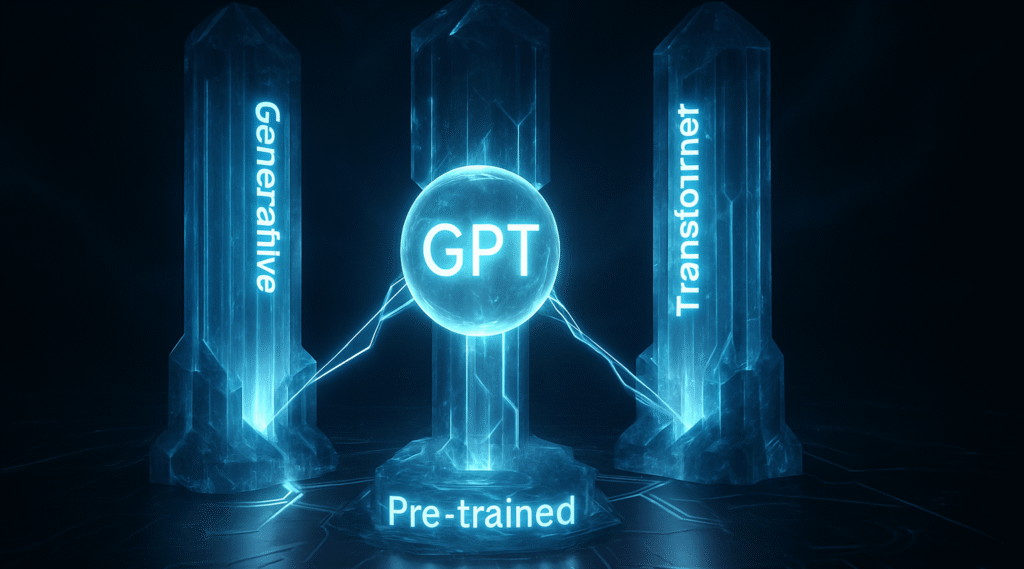
The first four letters of the name are arguably the most important for its mainstream success. By choosing to lead with “Chat,” its creator, OpenAI, made a profound statement about the product’s philosophy and accessibility.
A Revolution in User Experience (UX)
Before ChatGPT, interacting with powerful language models was often the domain of researchers and developers. It required using complex APIs, writing code, or navigating command-line interfaces. The “Chat” prefix completely shattered this barrier.
It promised a familiar, intuitive experience that anyone who has ever used a messaging app could instantly understand. This simple chat window became the friendly front door to one of the most advanced technologies ever created. The “Chat” in ChatGPT’s name is a masterclass in user-centric design, prioritizing accessibility over technical jargon. It manages user expectations perfectly: you don’t need to be an expert; you just need to start typing.
Strategic Branding and Market Differentiation
The “Chat” component also serves a critical branding function. The underlying GPT technology from OpenAI is not exclusive to this single product. It is a foundational model used to power a wide array of applications, including:
- Code assistance tools (like GitHub Copilot)
- Text summarization features in productivity apps
- Content generation engines for marketing platforms
- Data analysis tools that interpret natural language queries
By explicitly adding “Chat” to the name, OpenAI carved out a unique identity for this specific product. It distinguishes ChatGPT from its technological siblings, clearly defining it as a conversational agent designed for open-ended dialogue. This prevents brand dilution and ensures that when people hear ChatGPT’s name, they associate it with this particular, groundbreaking chat interface.
The Technical Implications of “Chat”
From a technical standpoint, the “Chat” format is more complex than a simple prompt-and-response system. It implies a stateful conversation where the model must maintain context. Key technical features that the “Chat” interface enables include:
- Conversational Memory: The model can refer to previous parts of the current conversation to provide contextually relevant answers.
- Follow-up Questions: Users can refine their queries and dig deeper into a topic without starting over.
- Error Correction: A user can correct the AI, and it can adjust its subsequent responses based on that feedback within the same session.
This conversational memory is what creates the illusion of a coherent dialogue, making the “Chat” part of ChatGPT’s name a reality in practice, not just in branding.

Part 3: Unpacking “GPT” – The Technological Heart
If “Chat” is the friendly exterior, “GPT” is the powerful, complex engine running under the hood. This acronym is the technical soul of ChatGPT’s name, representing decades of research and a series of breakthroughs in artificial intelligence.
GPT stands for Generative Pre-trained Transformer.
To fully appreciate ChatGPT’s name, we must dissect each of these three revolutionary concepts.
G is for Generative: The Creative Spark
The “Generative” aspect is what makes the technology feel so magical. It signifies that the AI generates new, original content rather than simply retrieving it from a database.
- Contrast with Discriminative AI: To understand “generative,” it helps to know its opposite: “discriminative.” A discriminative AI is trained to classify or make decisions about existing data. For example, an AI that tells you if a picture contains a cat or a dog is discriminative. A generative AI, on the other hand, could be asked to create a story about a cat and a dog.
- How it Works: When you provide a prompt, the model doesn’t search for an answer. Instead, it predicts the most likely next word, then the next, and so on, constructing a completely new sequence of text based on the statistical patterns it learned during training.
- Implications: This generative capability is why ChatGPT can write poems, compose music, draft unique emails, and brainstorm novel ideas. It is its creative engine. However, this is also the source of one of its biggest weaknesses: “hallucinations.” Because it is always generating, it can sometimes create plausible-sounding but completely incorrect information if the patterns it learned lead it down a factually wrong path.
P is for Pre-trained: The Foundation of Knowledge
The “Pre-trained” component explains how the model acquired its vast knowledge base and sophisticated understanding of language. It is the story of its education.
- The Training Process: “Pre-trained” means that before the model was released, it underwent a massive, one-time training phase. During this process, it was fed an astronomical amount of text data from sources like Common Crawl (a massive web scrape), Wikipedia, books, academic articles, and more. It processed this data for months on thousands of powerful computer processors (GPUs/TPUs).
- What it Learns: Through this process, the model doesn’t just memorize facts. It learns the intricate patterns of language: grammar, syntax, semantics, context, reasoning structures, and different styles of writing. This is why it can understand and mimic human-like text so effectively.
- The Knowledge Cutoff: The “Pre-trained” nature is also the source of its most famous limitation. Because its training happened in the past, its knowledge is frozen at that point in time. It is not connected to the live internet and cannot provide information about events that occurred after its training data was compiled. This is a crucial piece of information embedded directly in ChatGPT’s name.
- Fine-Tuning: After the general pre-training, the model undergoes a crucial second step called fine-tuning. For ChatGPT, this involved Reinforcement Learning from Human Feedback (RLHF). Human AI trainers reviewed the model’s responses, ranking them for helpfulness and truthfulness. This feedback was used to “fine-tune” the base model, teaching it to be a more helpful, harmless, and conversational assistant.
T is for Transformer: The Revolutionary Architecture
The “T” is the most technical but perhaps most important letter in the acronym. It stands for “Transformer,” a specific type of neural network architecture that completely changed the field of natural language processing (NLP).
- The World Before Transformers: Prior to 2017, the dominant architectures for NLP (like Recurrent Neural Networks or RNNs) processed text sequentially, word by word. This made it very difficult for them to keep track of context over long sentences or paragraphs. They would often “forget” the beginning of a sentence by the time they reached the end.
- The Breakthrough of “Attention”: The Transformer architecture, introduced in the seminal 2017 Google research paper “Attention Is All You Need,” solved this problem with a mechanism called self-attention. In simple terms, attention allows the model to look at all the words in a prompt simultaneously and determine which other words are most important for understanding the meaning of each individual word. It can learn, for example, that in the sentence “The robot picked up the red ball because it was heavy,” the word “it” refers to the “ball,” not the “robot.”
- Benefits of the Transformer: This architecture brought two huge advantages:
- Superior Context Handling: It enabled a far more sophisticated understanding of language and context.
- Parallelization: Unlike RNNs, which had to process words one by one, Transformers could process them all at once, making it possible to train much larger models much more quickly.
The scalability and power of the Transformer architecture are the technical bedrock that makes a model as vast and capable as ChatGPT possible.
Part 4: The Strategic Brilliance of the Name
The choice of ChatGPT’s name was a masterstroke of product strategy. It successfully navigates the difficult task of naming a complex technology for a mass audience.
- It’s Instructive: The name itself is a mini user manual. “Chat” tells you what to do, and “GPT” hints at the powerful technology you’re using.
- It’s Credible and Humble: The technical “GPT” part gives it credibility among developers and researchers. The simple “Chat” part makes it feel humble and approachable for everyone else.
- It Manages Expectations: The name subtly sets boundaries. “Pre-trained” implies its knowledge isn’t live. “Generative” hints that its output is created, not fact-checked.
- It Created a Powerful Brand: The name is unique, memorable, and has become a global brand. The term “GPT” itself has become a category descriptor, a testament to the success of the branding rooted in ChatGPT’s name.
Part 5: Comparing Naming Philosophies in the AI Landscape
To fully appreciate the choice of ChatGPT’s name, it’s useful to compare it to the naming conventions of its competitors.
| AI Assistant | Naming Style | Philosophy |
|---|---|---|
| ChatGPT | Descriptive / Technical | Transparency. The name explains what it is and how it works. |
| Anthropic’s Claude | Human-like / Personable | Relatability. The name is designed to feel like a friendly, trustworthy colleague. |
| Google’s Gemini | Conceptual / Mythological | Aspiration. The name suggests duality (like the Gemini twins) and celestial power. |
| Microsoft Copilot | Functional / Metaphorical | Utility. The name positions the AI as a helpful assistant that works alongside you. |
| Apple’s Siri | Personified / Feminine | Simplicity. A simple, easy-to-say name that feels like you’re talking to a person. |
This comparison shows that while many competitors chose names to evoke personality or function, OpenAI made a deliberate choice with ChatGPT’s name to emphasize the technology itself, trusting that its power would speak for itself.
Part 6: Frequently Asked Questions (FAQ)
Q1: Is there an official meaning for the capitalization in ChatGPT’s name?
Yes. The standard capitalization is “ChatGPT,” with “Chat” as a word and “GPT” as a capitalized acronym. This visually reinforces the two distinct components of the name.
Q2: Who owns the content that the AI creates?
According to OpenAI’s terms of service, users own the output they generate with the tool. This has been a key factor in its adoption for commercial and creative purposes.
Q3: Is the name trademarked?
Yes, “ChatGPT” and the associated logos are trademarks owned by OpenAI. This protects the brand from being used by other companies and prevents confusion in the market.
Q4: Will the name change as the technology evolves?
It’s unlikely the core brand name will change due to its immense recognition. It is more likely that OpenAI will use versioning (e.g., powered by GPT-5, GPT-6) or create sub-brands (e.g., ChatGPT Enterprise) to denote different products and capabilities.
Conclusion: A Name That Defined an Era
ChatGPT’s name is far more than a marketing label. It is a compact and brilliant piece of communication that perfectly encapsulates the product’s identity. It is a name that is both a friendly invitation and a technical specification.
By understanding the simple promise of “Chat” and the profound technological depth of “Generative Pre-trained Transformer,” we can move from being passive users to informed operators of this powerful technology. The name itself encourages digital literacy, providing a framework to understand both the incredible potential and the inherent limitations of modern AI. In the end, the story of ChatGPT’s name is the story of how a complex, world-changing technology was successfully packaged for all of humanity.
for more article about ai visit our articles here

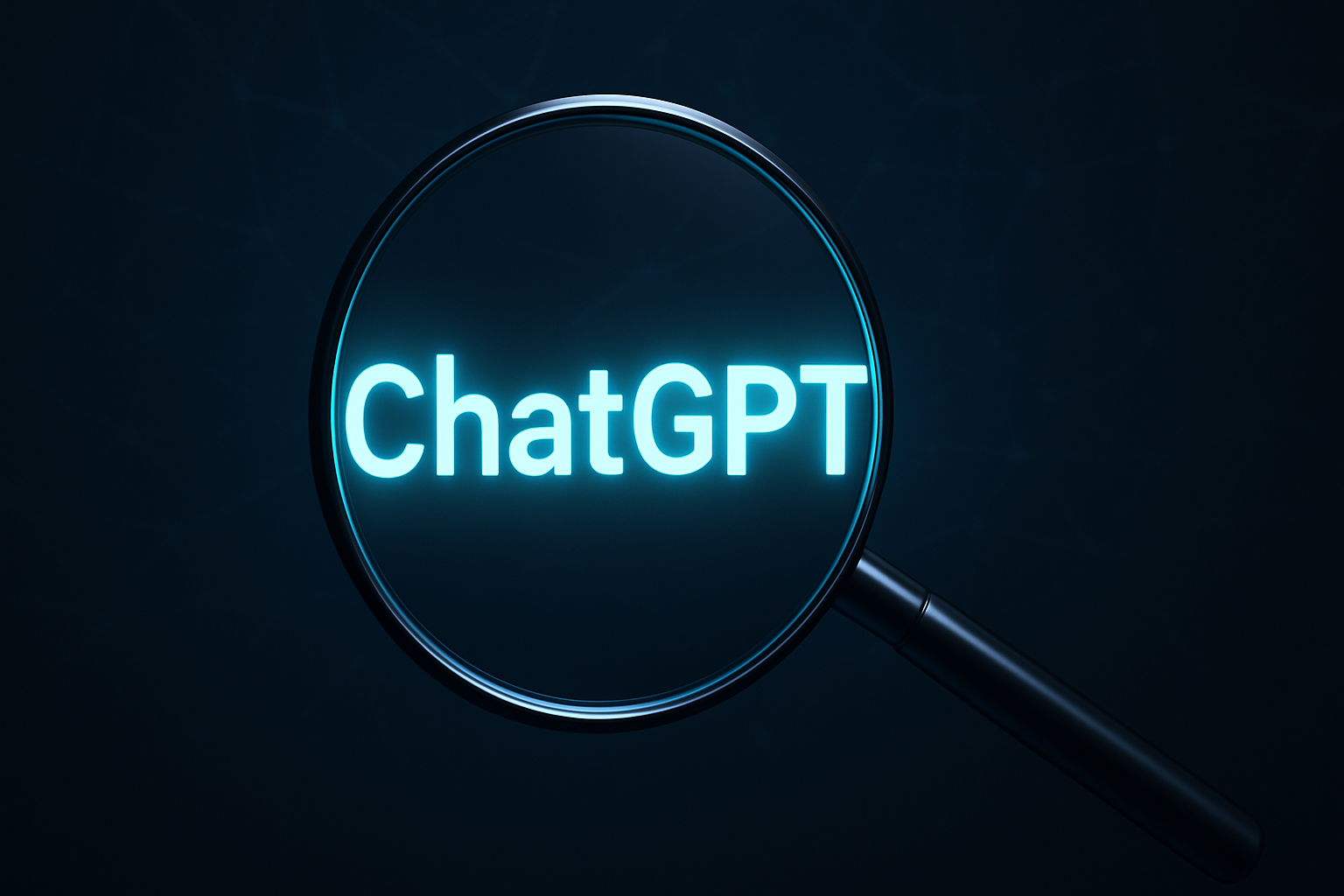
![Best Phone in 2025: Don't Buy Wrong! [Tested & Ranked] 5 best-phone-in-2025](https://newiafutures.com/wp-content/uploads/2025/07/best-phone-in-2025-768x580.png)

